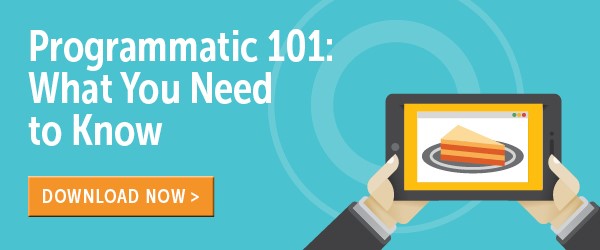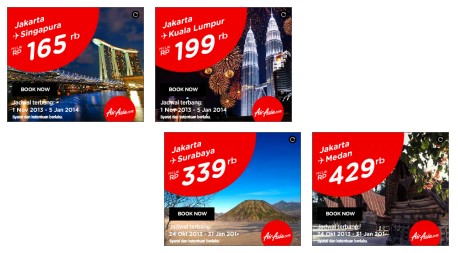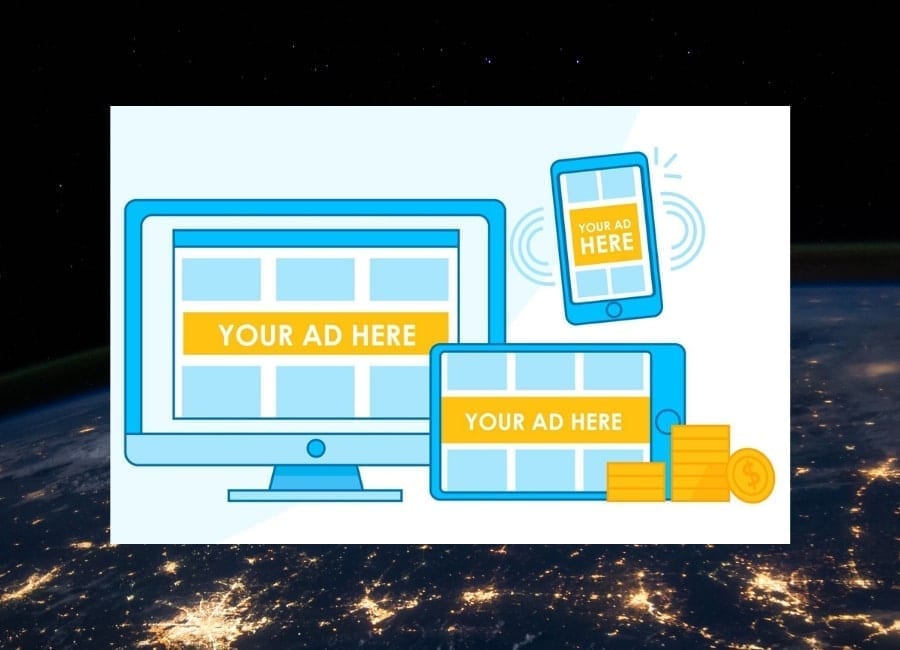Programmatic advertising is nothing new to the digital landscape.
The ability to automate ad spend according to your budget and demographics was one of the first ways tech companies started monetizing the Internet — a fact Mark Zuckerberg recently defended by saying ads are how Facebook stays free. But as digital channels have grown, abilities and preferences have shifted. And programmatic advertising has taken on new forms.
Here, we dive into three distinct developments that promise to take programmatic advertising to new heights.

#1: Programmatic Hits OTT Television Advertising
Programmatic TV advertising may still be in its early stages, but the shape of this advertising medium will almost certainly be determined by OTT and streaming services. For example, Hulu recently expanded its programmatic advertising offerings as its inventory grew with its audience.
According to the IAB Singapore Programmatic Committee, online forms of TV capture more than a third of total daily TV time across the globe. In North America specifically, online consumption of TV online is at 29 percent. “As infrastructure and connectivity improves particularly across the region, online TV and consequently PTV will steadily grow in adoption,” the Committee concludes.
Programmatic advertising for OTT and Smart TVs is a necessary step as digital takes over content delivery. The editors at eMarketer write that many traditional advertisers are turning to OTT to recoup an audience lost to digital channels.
Source: eMarketer
But it’s not as easy as other, tried and true digital programmatic advertising efforts. “early adopters are finding that pairing digital data with connected TV and OTT ads isn’t a simple plug-and-play exercise,” write the editors. “Those hoping to benchmark connected TV and OTT performance against standard digital video advertising metrics are also finding this a complex task.”
#2: Social Network Apps Update Programmatic Approach
A couple of years ago, Snapchat gambled with lower revenue in the short-term in return for higher revenue in the long-term as it repositioned itself as a programmatic including a self-serve ad platform.
The move made Snapchat more competitive with other big name social media platforms with self-serve advertising options. “The low inventory prices and data and user-tracking features that have accompanied Snapchat’s programmatic transition are making the company more competitive with Facebook and Instagram,” writes James Hercher at AdExchanger. “Snapchat’s improved measurability come as Facebook’s platform grows opaquer and user data policy changes make it harder for advertisers to run Facebook attribution.”
Snapchat also transformed its ad sales team into “brand consultants” in order to push business solutions to the top of its programmatic platform. The combination, along with the popularity of Snapchat for direct-to-consumer brands, may continue to give the social platform an edge over Facebook and Instagram.

Tinder (more accurately, it’s parent company Match Media Group) is also shaking up the way tech companies can take advantage of programmatic advertising. The dating app now sells programmatic advertising using Google’s ad server to sell programmatic ads.
“For almost any company that isn’t Google or Facebook, you’re going to have impressions that you don’t have demand for,” said Peter Foster, head of global advertising and brand solutions at Match Media Group. “We think about both those platforms as excellent partners that provide ways to reach advertisers that we won’t be able to get on our own because we don’t have that scale.”
Rather than using Google as a source of demand, Tinder will instead be utilizing the giant’s tech and ad server for its own demand generation and direct interactions with advertisers. “It’s an alternative way to transact with us but is similar to how our insertion order business runs today,” said Foster.
#3: Personalization & Retargeting Hone Programmatic
Personalization in programmatic allows for more effective and tailored retargeting campaigns across more channels. And at the crossroads of programmatic and personalized ads is data — which has only recently become available in unimaginable amounts. “Vast amounts of data… mean that advertising creative can dynamically change to be all the more relevant to users, with ads adapting to factors like location, device, weather, time, and demographics,” writes Nikki Gilliland at eConsultancy.
For example, media agency Mindshare developed an “always-on retargeting campaign” for AirAsia. The dynamic campaign allowed the airline to serve thousands of creatively distinct ads tailored to the last destination travelers searched for on the AirAsia website. By automating the creative side and the programmatic side, Mindshare created more than 5,000 ads in three months. According to Gilliland, the campaign generated a higher ROI for the airline.

Programmatic ads powered by data-informed and even AI-curated personalization will almost certainly account for a larger percentage of digital ad spend — and soon.



